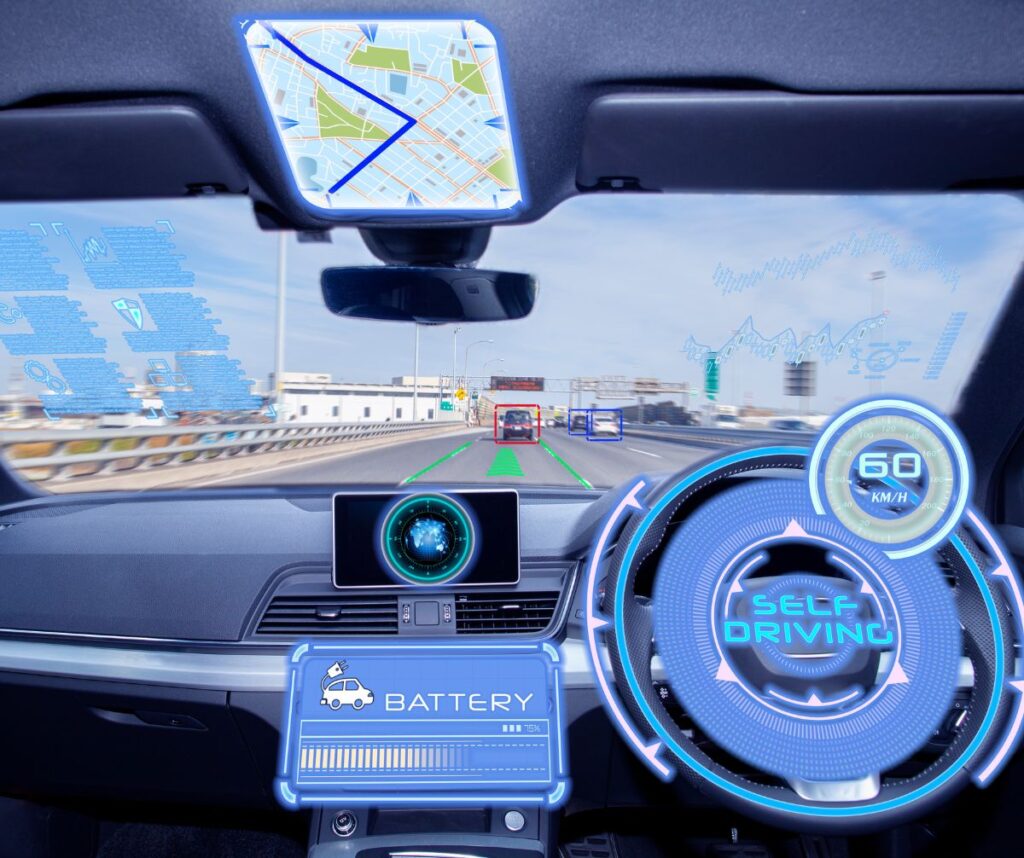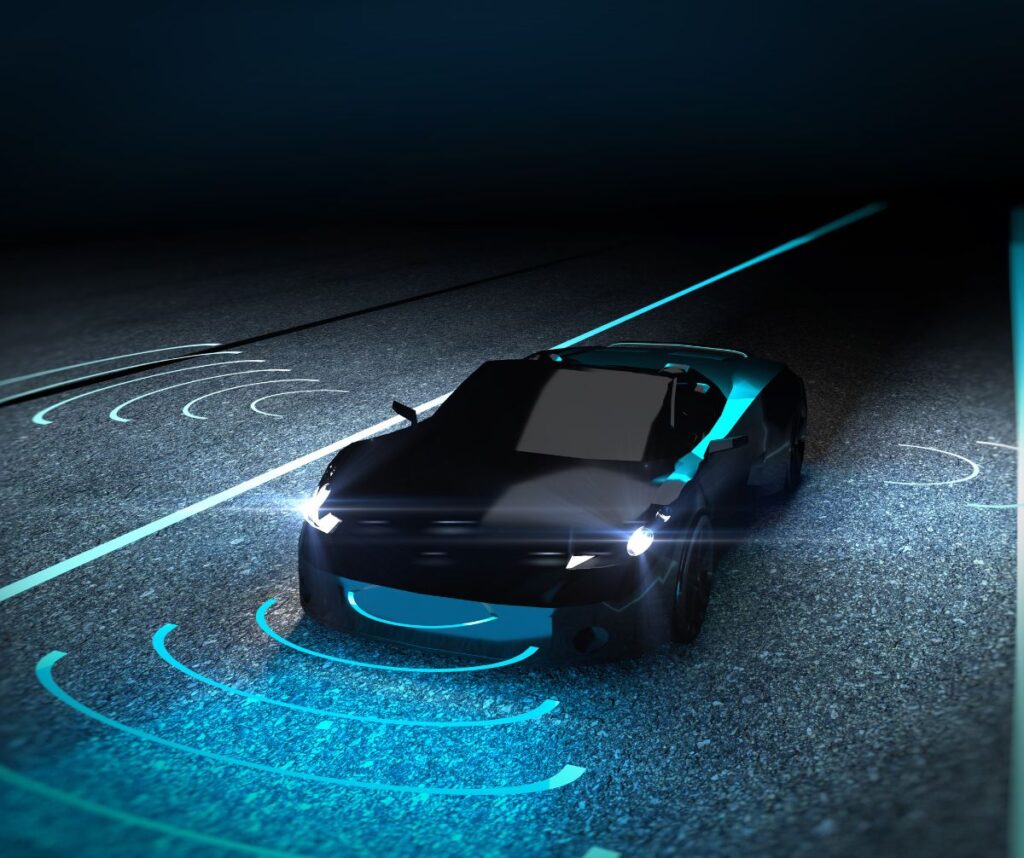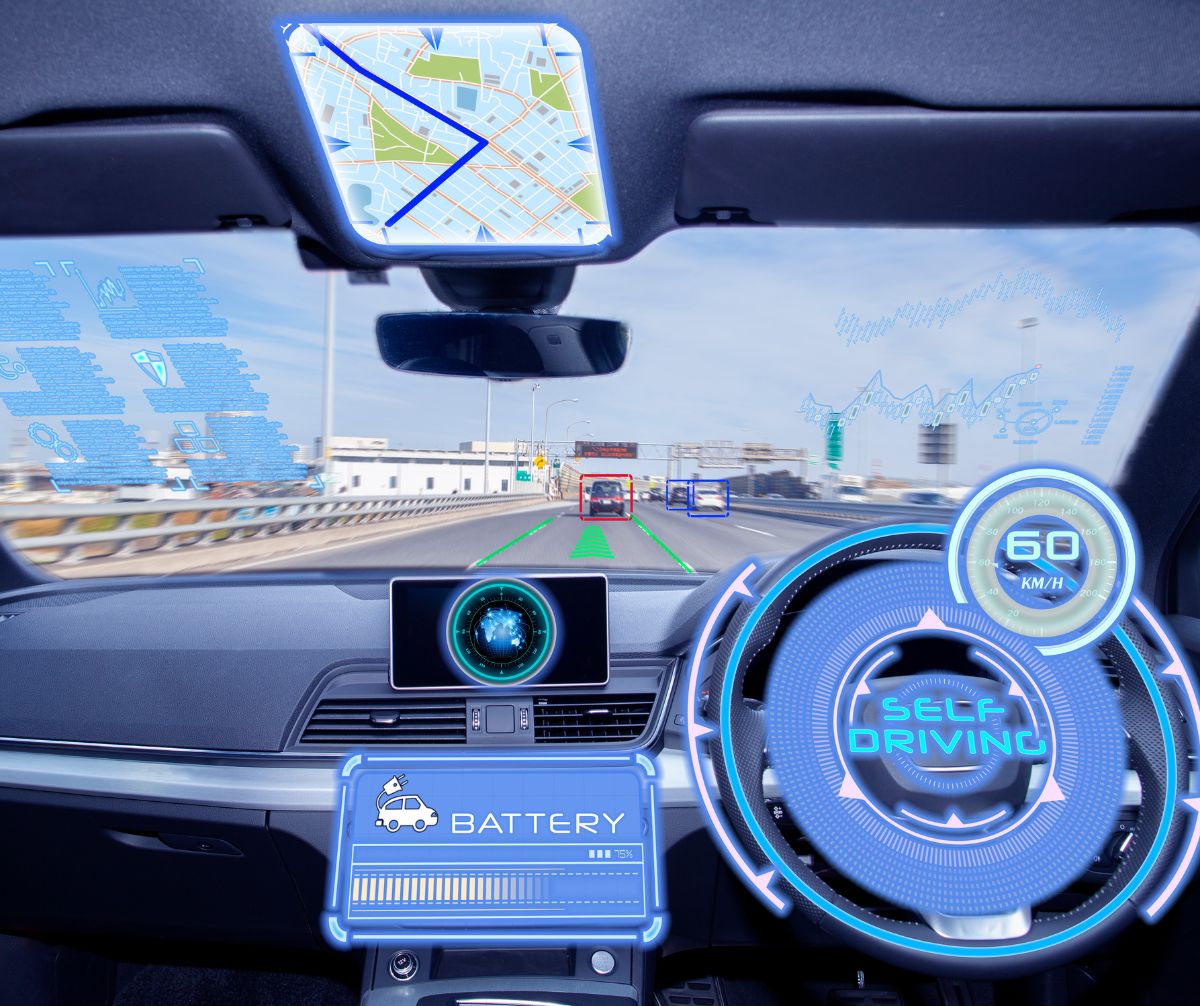Self-driving cars are vehicles equipped with advanced sensors, artificial intelligence (AI) algorithms, and control systems that allow them to navigate and operate without human input.

These vehicles can sense their environment, detect obstacles, interpret traffic signs, and make decisions based on pre-programmed instructions or real-time data.
The goal is to create a transportation system that is more efficient, reduces accidents caused by human error, and enhances mobility for all.

The Technology Behind Self-Driving Cars
Self-driving cars use various sensors, such as radar, lidar (light detection and ranging), cameras, and ultrasonic sensors, to perceive their surroundings.
These sensors provide a comprehensive view of the environment, allowing the car’s AI system to make informed decisions.
Artificial intelligence plays a crucial role in self-driving cars. AI algorithms process data from the sensors and make real-time decisions based on patterns, rules, and machine learning models.
These algorithms enable the car to navigate, follow traffic rules, and respond to different scenarios.
Self-driving cars often rely on wireless communication systems to exchange data with other vehicles, infrastructure, and the cloud.

This connectivity enables vehicles to share information, such as traffic conditions, road hazards, and route optimization, improving overall safety and efficiency.
Challenges and Concerns
Self-driving cars may face ethical dilemmas when it comes to decision-making in critical situations.
For example, the car might need to decide between protecting its occupants or pedestrians in an unavoidable accident. Resolving these ethical challenges requires careful consideration and societal consensus.
Although self-driving technology has made significant advancements, it still faces technical limitations.
Adverse weather conditions, complex urban environments, and unanticipated scenarios can pose challenges for autonomous vehicles. Continued technological advancements and testing are necessary to overcome these limitations.

Hackers could potentially gain control of autonomous vehicles or disrupt communication networks, leading to safety risks. Implementing robust cybersecurity measures is crucial to mitigate these risks.
Conclusion
Self-driving cars have the potential to revolutionize the transportation industry by enhancing safety, efficiency, and accessibility.
While challenges and concerns exist, significant progress has been made in the development and deployment of autonomous vehicles.
As technology advances, public perception evolves, and regulatory frameworks mature, self-driving cars are expected to become a common sight on our roads, contributing to a future with improved mobility and reduced accidents.



